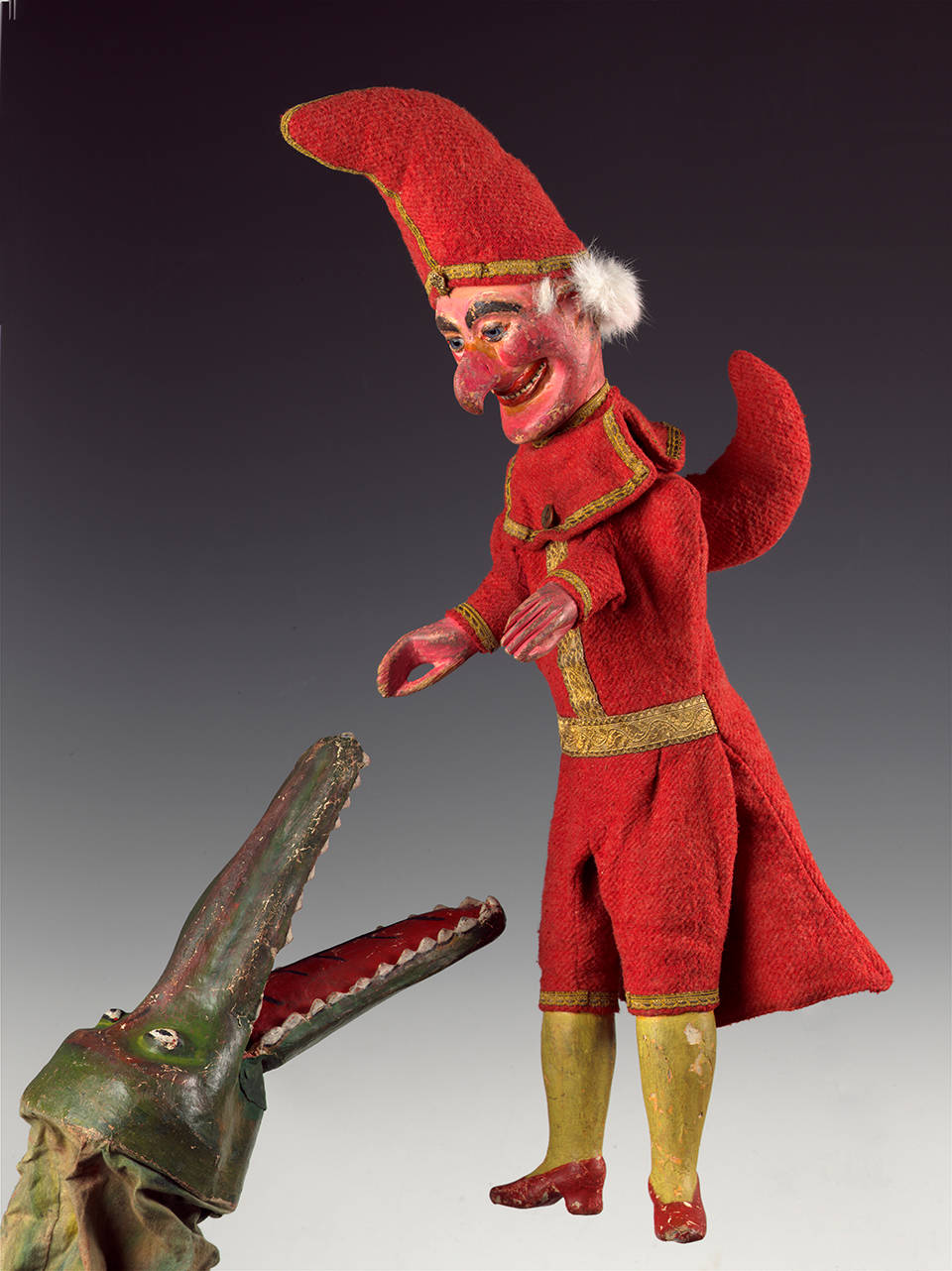The History of Puppets


Puppets have been used for entertainment and storytelling for thousands of years, with evidence of their use dating back to ancient civilizations such as Egypt and Greece.
One of the earliest forms of puppetry can be traced back to ancient Egypt, where hieroglyphics depict puppets being used in religious ceremonies. These early puppets were often made of wood and were used to represent gods and goddesses.
Puppetry also has a long history in ancient Greece, where it was primarily used in religious ceremonies and as a form of entertainment. Greek puppets, called "Karakuri," were made of wood and operated by strings. They were used to tell stories and were often decorated with intricate designs.
Puppetry continued to evolve in the Middle Ages, where it was primarily used as a form of religious instruction. These early puppets were operated by a single puppeteer who would use them to tell Bible stories and other religious tales.
During the Renaissance, puppetry began to take on more of a secular role and was used to tell stories from mythology and literature. The Italian commedia dell'arte, for example, featured stock characters such as Punch and Judy, and used puppets to present comedic plays.
In the 18th and 19th centuries, puppetry began to evolve into the form we recognize today. The development of the marionette allowed for greater control and more realistic movement, and puppetry started to become a popular form of entertainment for both children and adults.